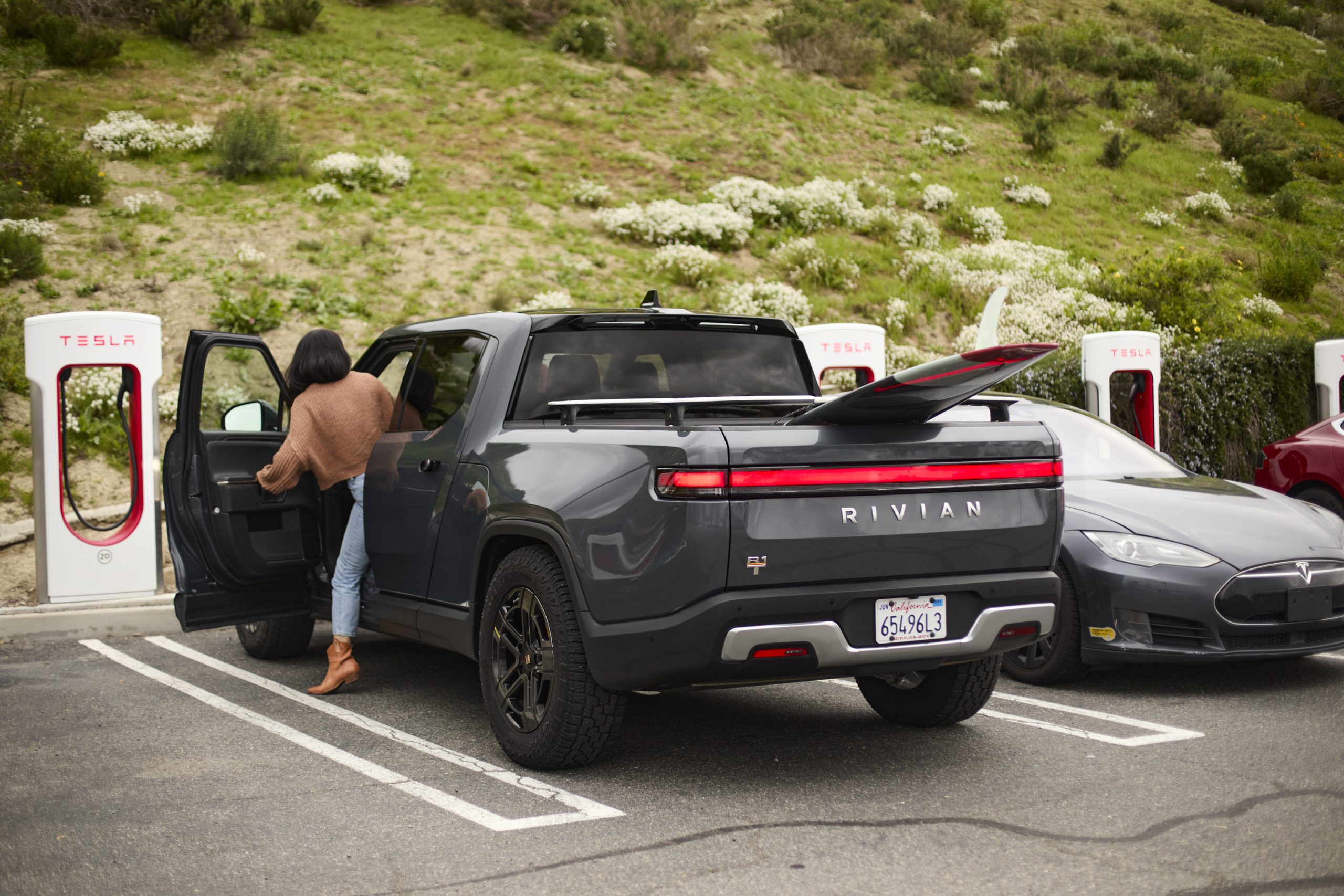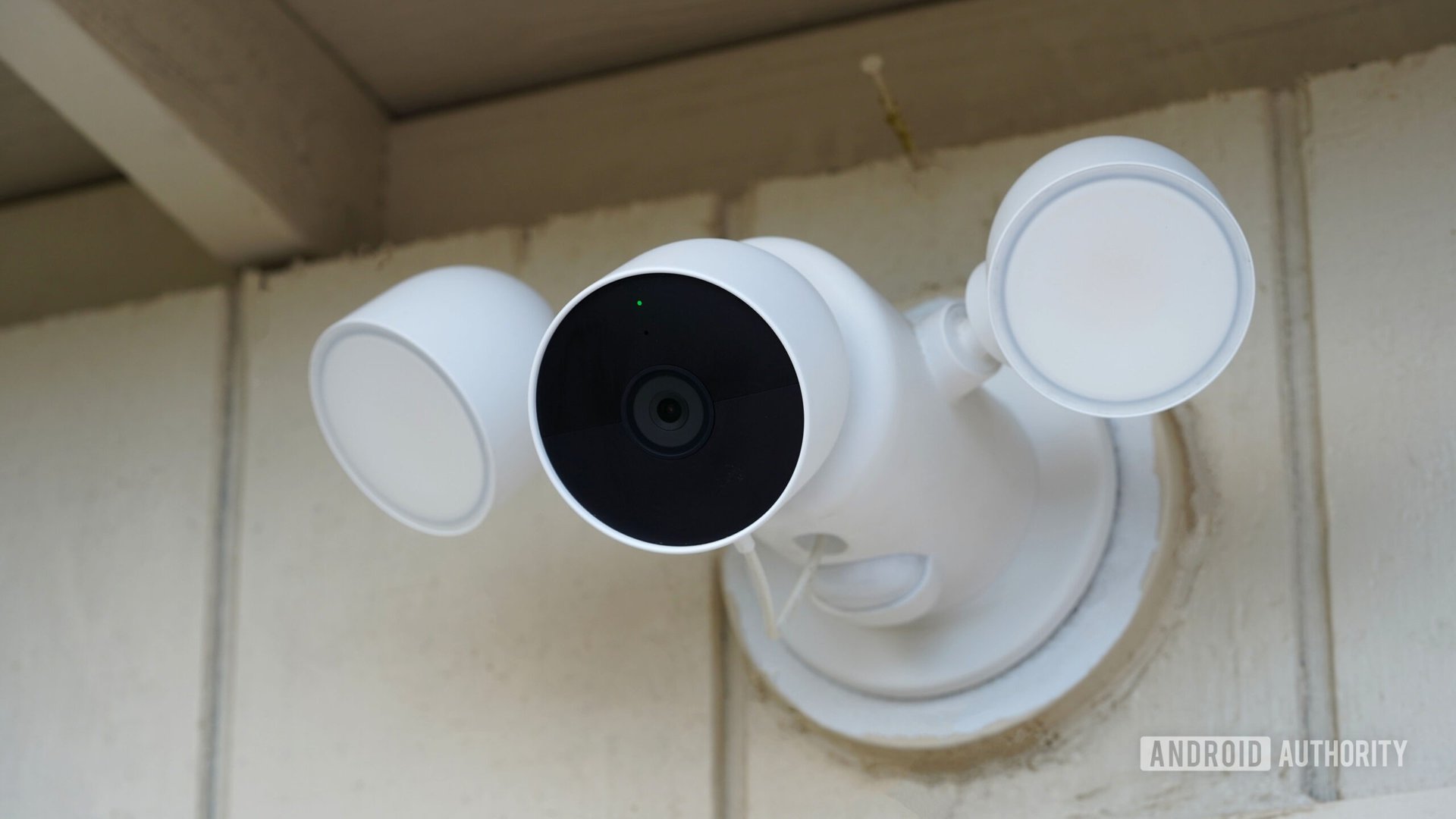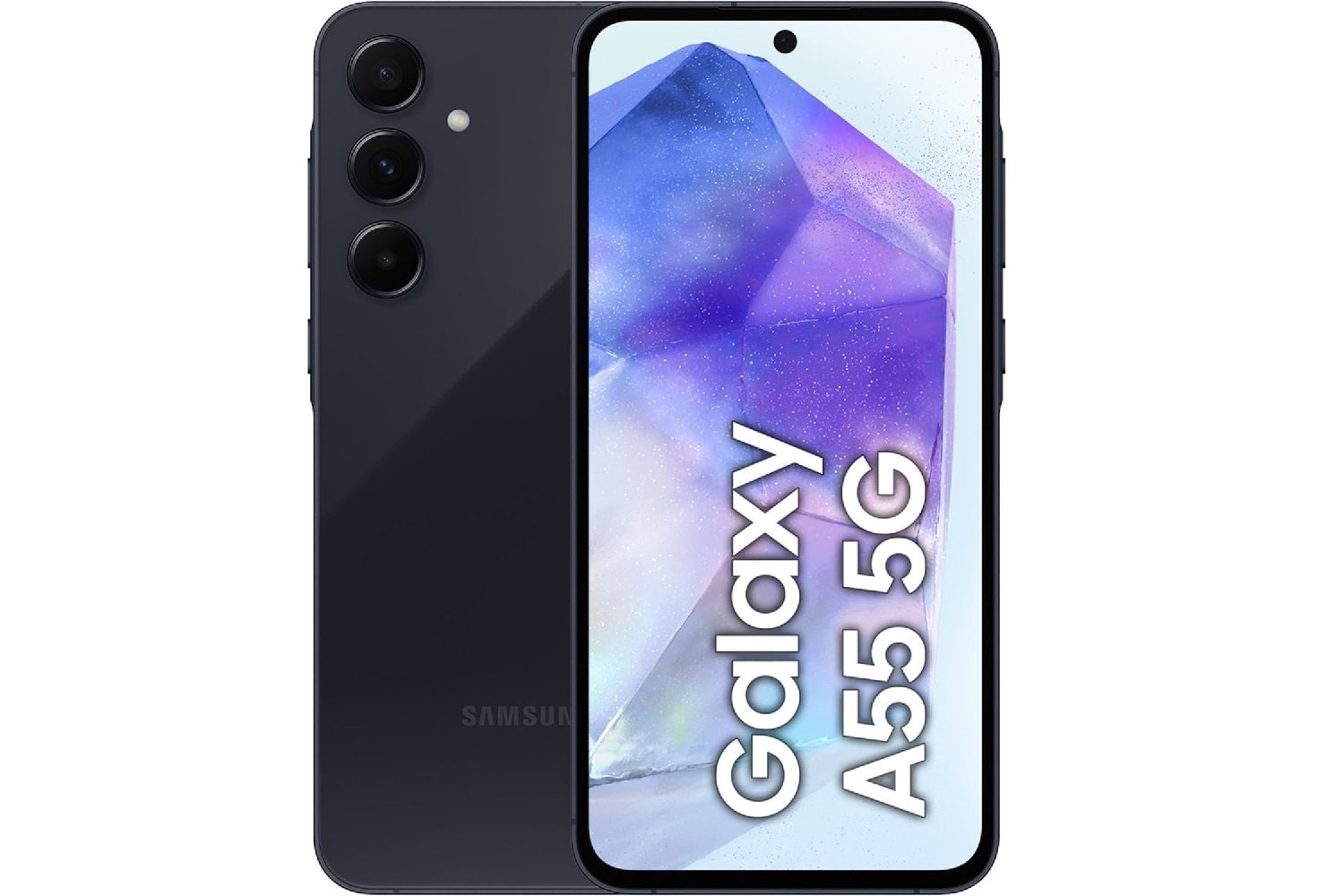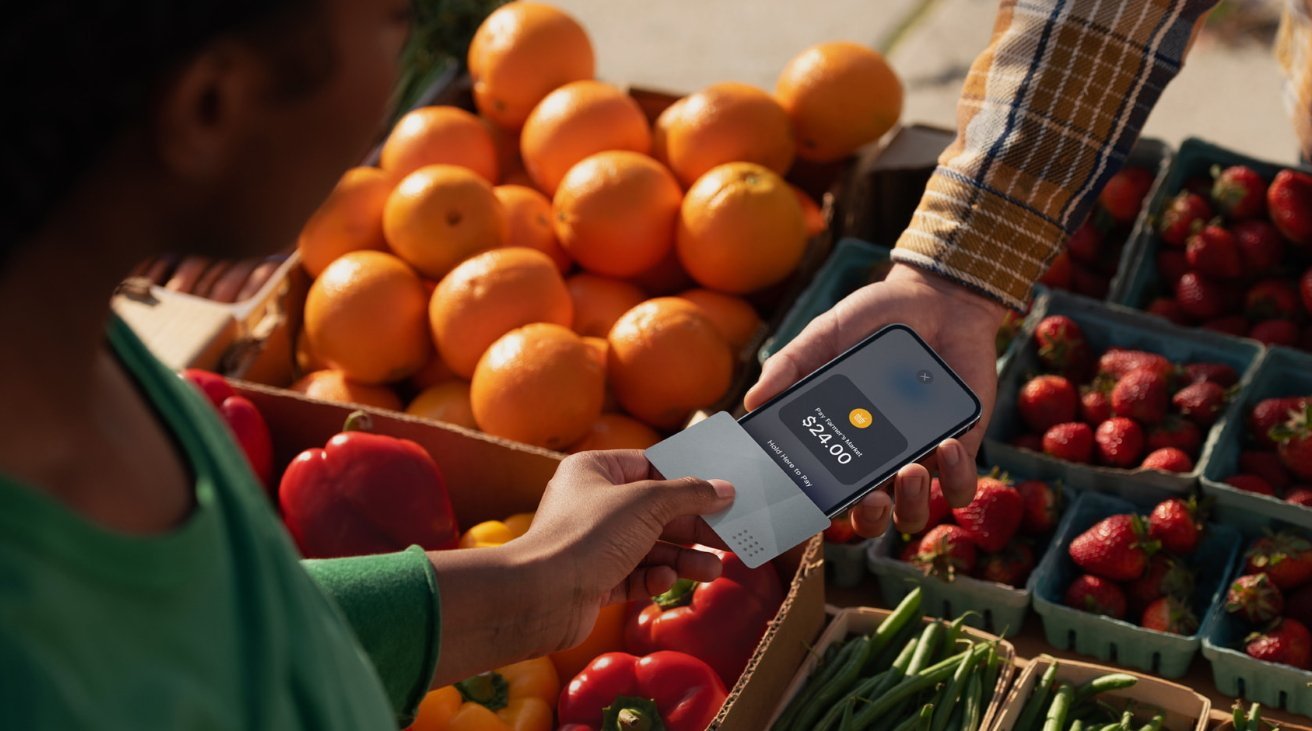Tesla has recently detailed some of the improvements it’s working on for the Supercharger network, especially as it has slowly been expanding access to the stations to electric vehicles (EVs) from other brands.
As Tesla has begun giving new non-Tesla EV brands access to the Supercharger network this year, many have also noticed how charging port placement on other vehicles can make it harder for short cables to reach—often requiring drivers to block other charging stalls to plug in.
However, in a post on X from the Tesla Charging account on Friday, the company has highlighted four things it’s aiming to improve for all EV owners, including a boost to the number of long charging cables at its Supercharger stations. In particular, Tesla says that within the next 18 months, it will have more long V4 Supercharger cables at stations than short ones, as it aims to start upgrading shorter cables to meet the needs of other EV brands.
In the post, Tesla outlines the following four goals it’s working on as it dives into improving the charging network:
- Making stall availability more accurate than ever
- Increasing the number of long Supercharging cables
- Modifying Supercharger stations to avoid blocking stalls
- Encouraging manufacturers to follow suit with charge port locations
Tesla makes it easier to find towing-compatible Superchargers
Tesla says that the latest software update makes stall availability estimates even more accurate, as the vehicle is now able to detect when EVs with a non-Tesla charge port location are plugged into a short-cable stall. This algorithm is set to continue improving over time, making it easier for drivers to get an accurate picture of how many stalls are available, as well as how many are blocked out by those needing to park unconventionally to reach.
The updated stall availability algorithm is a big improvement, with nearby refresh rates now every ~15 seconds. We know car types plugging in and mapped out Supercharger site layouts, to know which stall is not available at short cable sites. Your Tesla’s touchscreen now shows… https://t.co/5PF7wruNhQ
— Max de Zegher (@MdeZegher) November 22, 2024
In addition, Tesla says it has already modified over 1,500 Supercharger stations to make it so that EV drivers never have to utilize more than two charging spaces to charge, and it plans to continue working on updating sites going forward. Lastly, the company has gone directly to other EV manufacturers to encourage them to move charging ports to the rear left of their vehicles or to the front right, in order to maximize compatibility with the company’s Superchargers.
As one example in March, Tesla’s Lead Cybertruck Engineer Wes Morrill encouraged Rivian CEO RJ Scaringe to re-consider the location of the charging port for the upcoming R2 and R3 platforms, after prototype designs for the EVs were first unveiled and showed the port on the rear right instead. If Rivian wants to optimize for street parking as it appears to be doing, Morrill says that the company should move the port to the front right instead.
The company’s deployment of longer V4 Supercharging cables also follows the company’s debut of V4 charging cabinets earlier this month, effectively debuting faster charging speeds of up to 500kW. Companies like Ford, Rivian, General Motors (GM), and Nissan have already started gaining access to Tesla’s Supercharger network after adopting the company’s NACS last year, and Tesla will continue to widen access to the charging stations in the coming months and years.
What are your thoughts? Let me know at [email protected], find me on X at @zacharyvisconti, or send us tips at [email protected].
Ford to replace Tesla NACS adapters, warning of damaged charging ports
Check out the TESLARATI Marketplace!

Head on over for more TESLARATI on TikTok!











